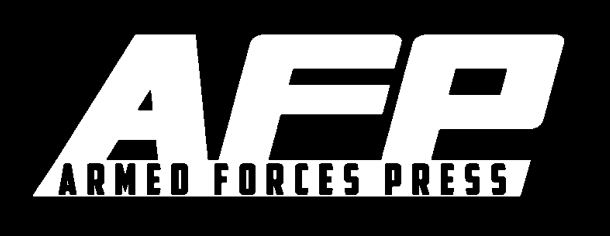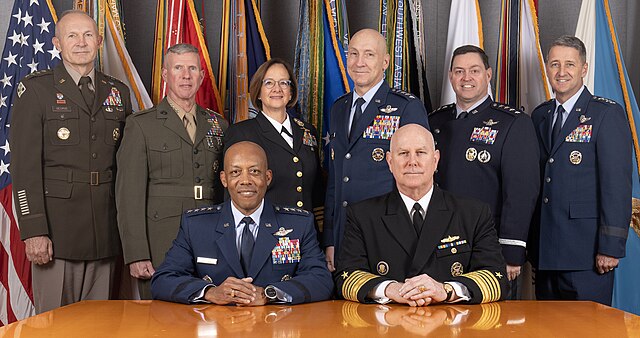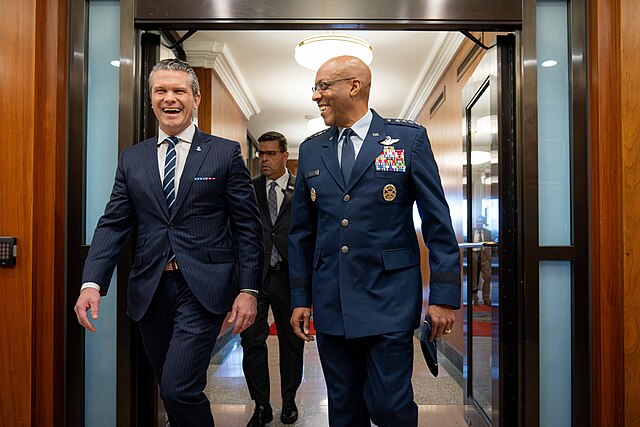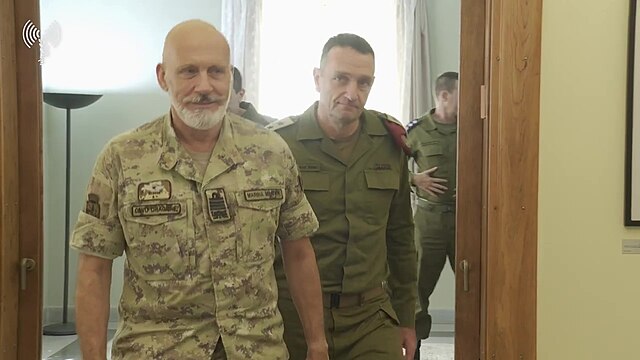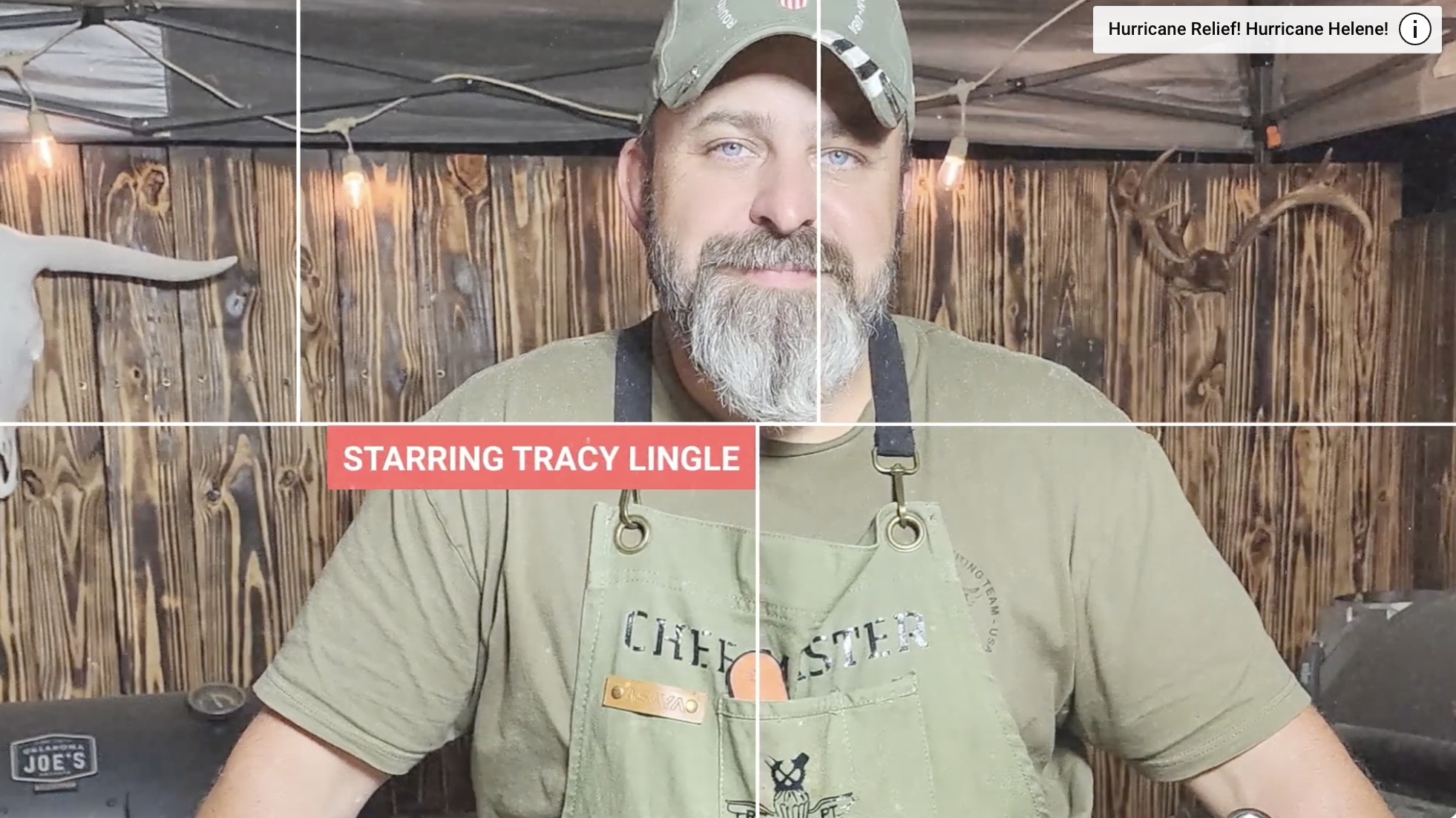My first concern is the safety of the crew. My next concern is how did this happen and the potential gaping hole this delivers to the deployment schedule.
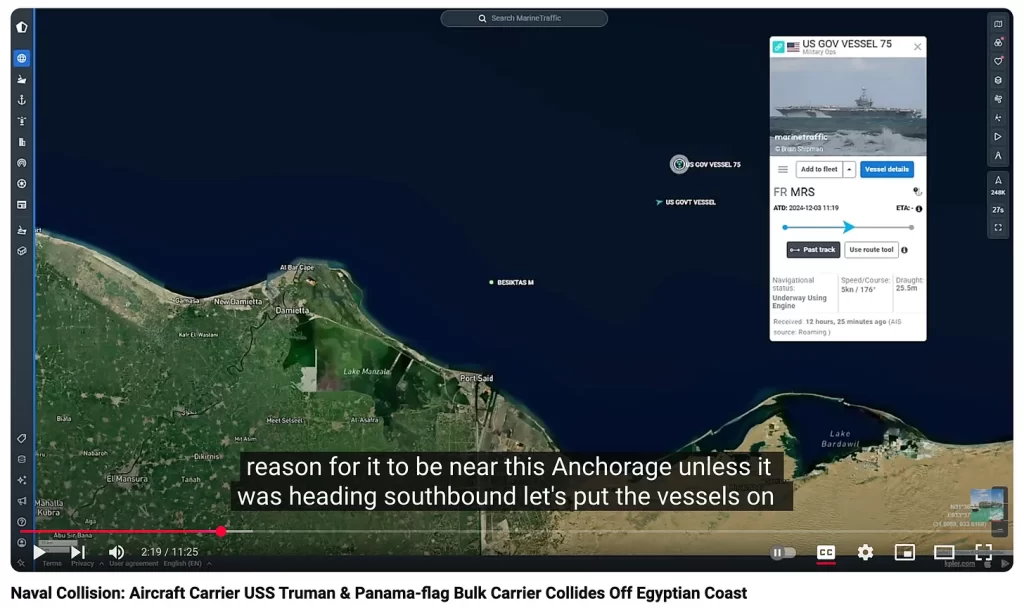
If it is a maritime event - always check out Prof. Sal Mercogliano and GCaptain led by Captain John Konrad. Stay smart on this topic - maritime and merchant vessels are always leading indicators of what will happen.
What happened with the U.S.. Truman and the M/V Besiktas-M? Unclear for sure. Watch Prof. Sal’s video for more information.
My first concern is safety of the crews.
Next - having worked detailed annual deployment plans for special operations platforms, units, and major conventional assets, I know the potential huge headache this causes and potential gaps this leaves to be filled.
We only have 11 nuclear carriers and unclear if there will be a need for the Truman to end the deployment and head for a drydock.
There are essentially only three drydocks in the world configured to take a Nimitz Class CVN: Norfolk Naval Shipyard, Huntington Ingalls/Newport News, and in the Pacific, Naval Base Kitsap (i.e. Bremerton). And there’s only one that can take the new Ford Class CVN: Huntington Ingalls.
I’ll hold off on editorial on how the accident occurred, I’ll leave it to Professor Sal. I know how the Joint Staff likely has been called in to re-run the coverage matrix to wargame different scenarios. Endless hours of fun. When the U.S.S. Bon Homme Richard burned pierside, the loss of the largest Capital Ship in U.S. Navy history, it left a multi-year hole in deployment cycles.
The good news is that we have a new SecDef and POTUS who know how to make things happen, unburdened by the Deep State that has been.


